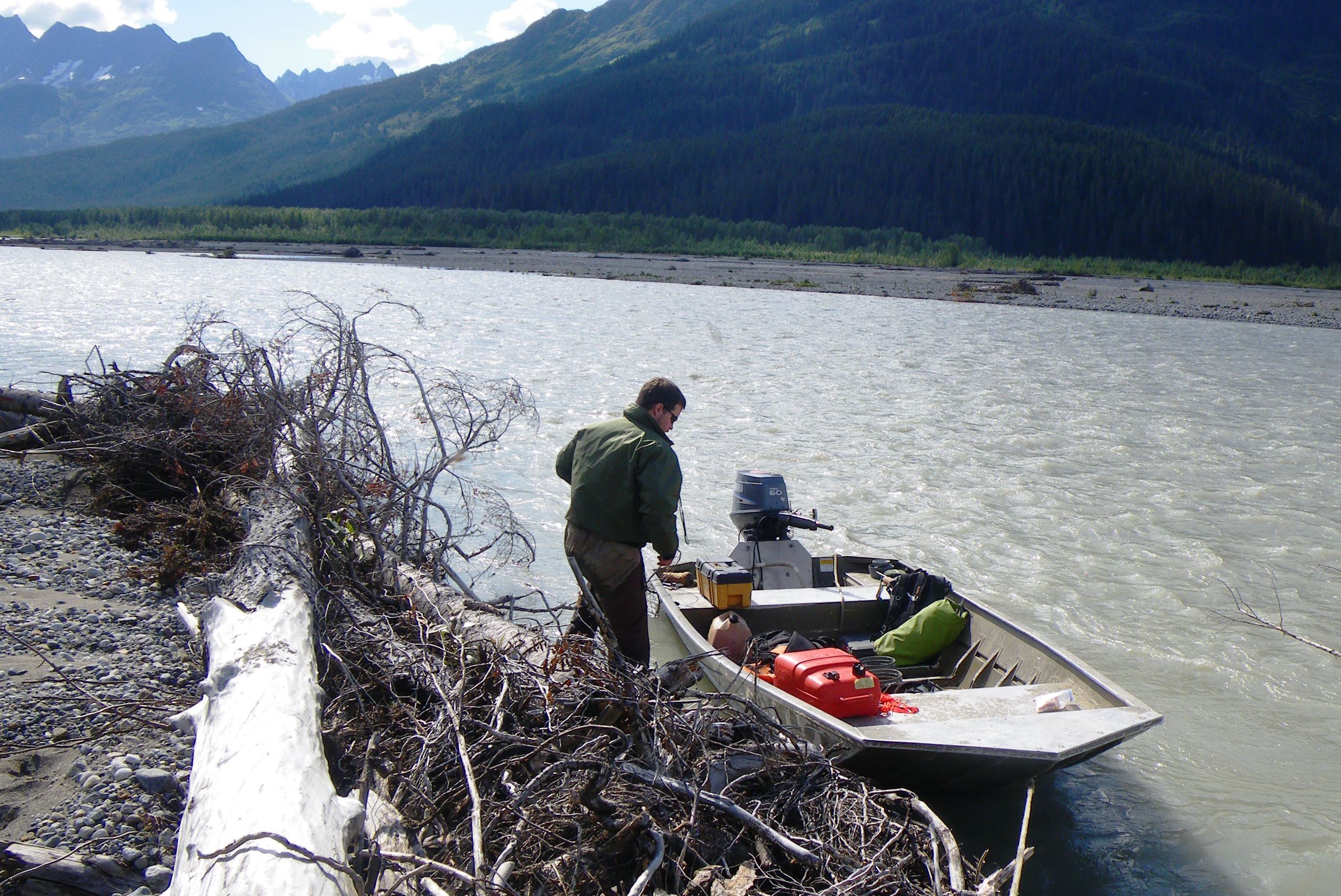
Gov. Bill Walker proposed cutting about 45 positions and $3.5 million from the Alaska Department of Fish and Game’s 2018 budget last week, significantly smaller than the $11.5 million in cuts over the last two years.
But, Walker’s proposal calls for no additional changes to the agency’s Southeast operations.
Fish and Game has taken about a 36 percent cut to its dedicated state funding over the past two years. The commercial fisheries division is one of the more susceptible divisions to state budget cuts because state funding is its largest revenue source.
Southeast fishery funding under Walker’s proposal remains about the same as in the 2017 budget.
The division would be able to sustain its Southeast operations under the proposal, Commercial Fisheries Director Scott Kelley said.
“Basically the projects across the board that we’ve got in Southeast Alaska for Commercial Fisheries Division are going to be the same as what we had in this fiscal year,” Kelley said.
The budget calls for four Southeast commercial fishery positions to be eliminated. Kelley noted that will be done through attrition, but said more positions could be cut after the budget is finalized.
“As you well know, there were special sessions and ultimately things were very different from the governor’s request,” he said. “The FY17 request was not what the FY17 management plan and the allocations look like. Things could change is the bottom line.”
Kelley said the commercial fisheries division cut 45 positions statewide over the past two years.
Most of those positions were eliminated last year.
“We basically look at each and every position as it becomes vacant,” he said.
Commercial fisheries also stopped collecting data in 2015 for several Southeast herring fisheries that haven’t opened in recent years.
Herring fisheries near Craig and Sitka are still being managed. Several other projects were on the chopping block as well.
“They included a golden king crab observer project, some miscellaneous shellfish dive assessment, quite a bit less aerial surveys, and then some personnel cuts,” Kelley said.
Fish and Game’s sportfishing and wildlife conservation divisions don’t expect any major changes during the next fiscal year. Both divisions are primarily funded through national taxes on fishing and hunting gear.
Hunting and fishing license fee increases will also take effect in January.
Hunting licenses about doubled and sportfishing licenses increased $5, up from $24. Net sales for tags and licenses were at about $29.5 million in 2015.
Both divisions took large state funding cuts over the past two years, but tax revenue and license fees have been able to supplement those loses.
